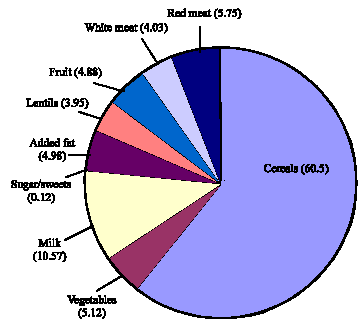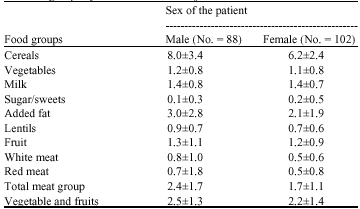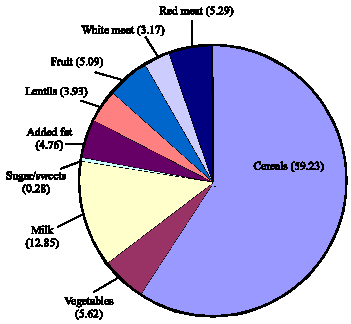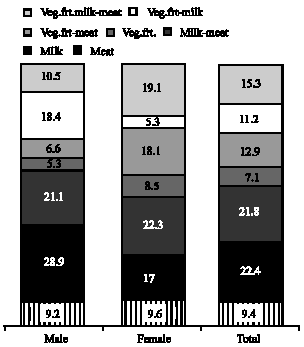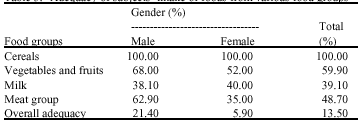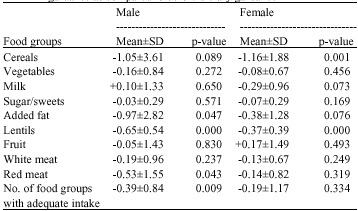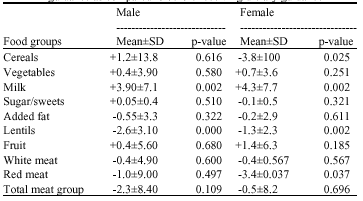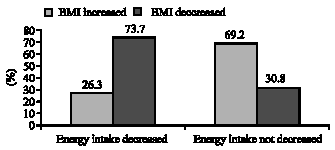Research Article
Efficacy of Dietetics in Low Resource Communities: Dietary Intake and BMI of Type 2 Diabetics Living in Karachi Before and After Receiving Dietician`s Guidance
Department of Research,Baqai Institute of Diabetology and Endocrinology, Baqai Medical University, Karachi, Pakistan
Asher Fawwad
Department of Research,Baqai Institute of Diabetology and Endocrinology, Baqai Medical University, Karachi, Pakistan
Afshan Siddiqui
2Department of Diet and Education,Baqai Institute of Diabetology and Endocrinology, Baqai Medical University, Karachi, Pakistan
Muhammad Yakoob Ahmadani
Department of Medicine, Medical Unit-IV, Baqai Institute of Diabetology and Endocrinology, Baqai Medical University, Karachi, Pakistan
Abdul Basit
Department of Medicine, Medical Unit-IV, Baqai Institute of Diabetology and Endocrinology, Baqai Medical University, Karachi, Pakistan










